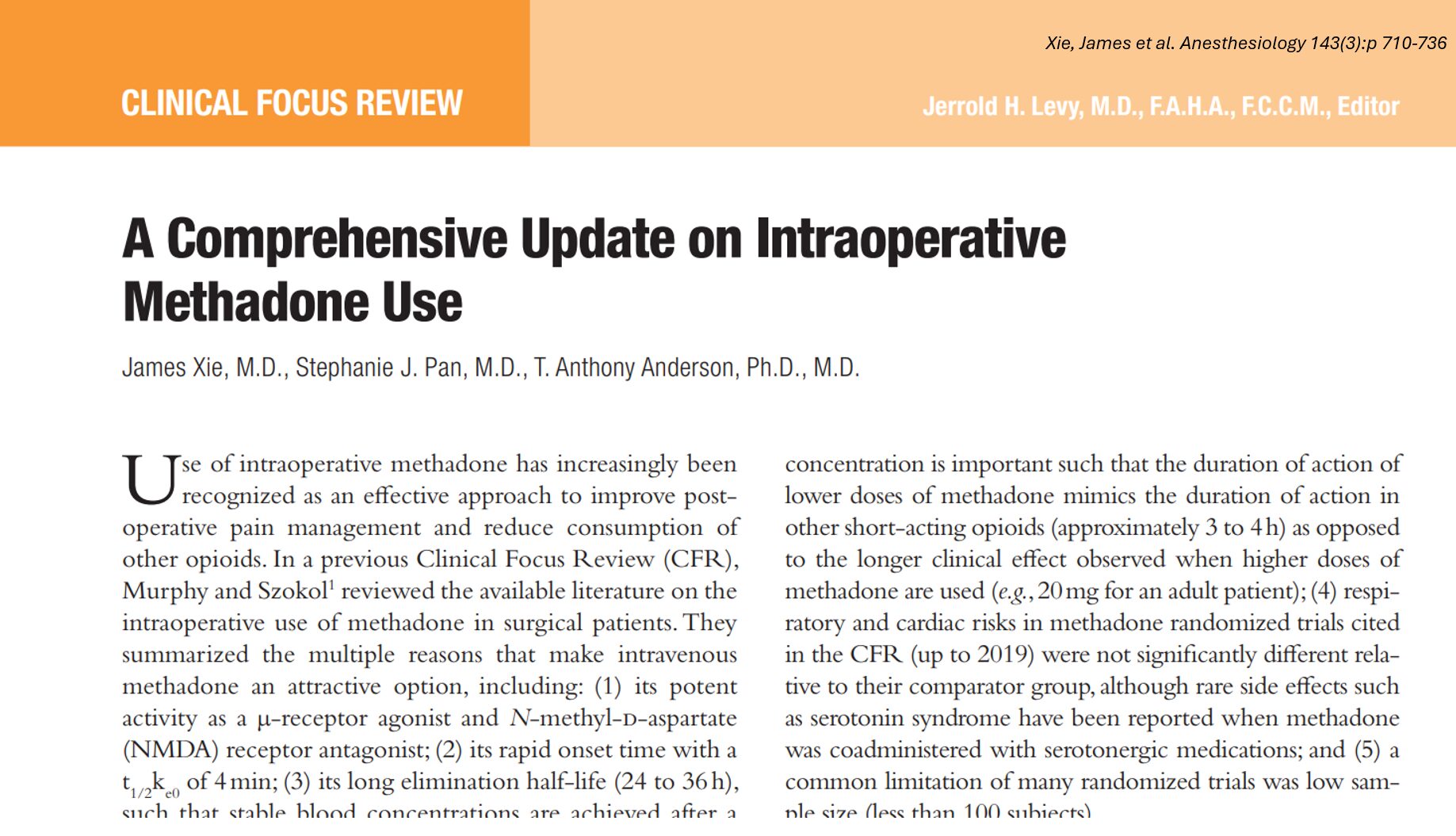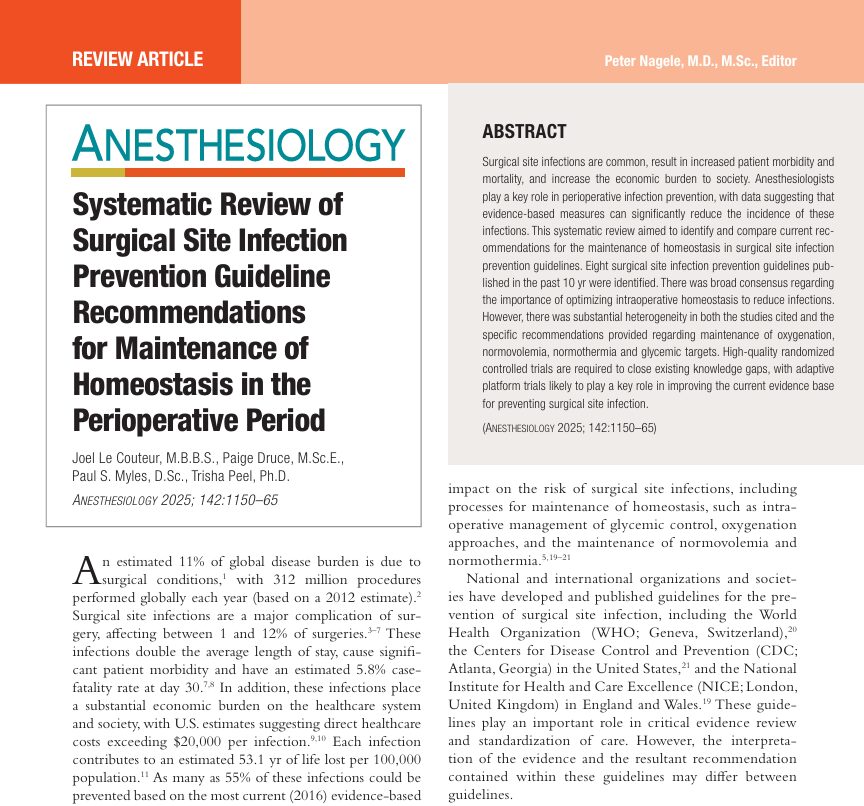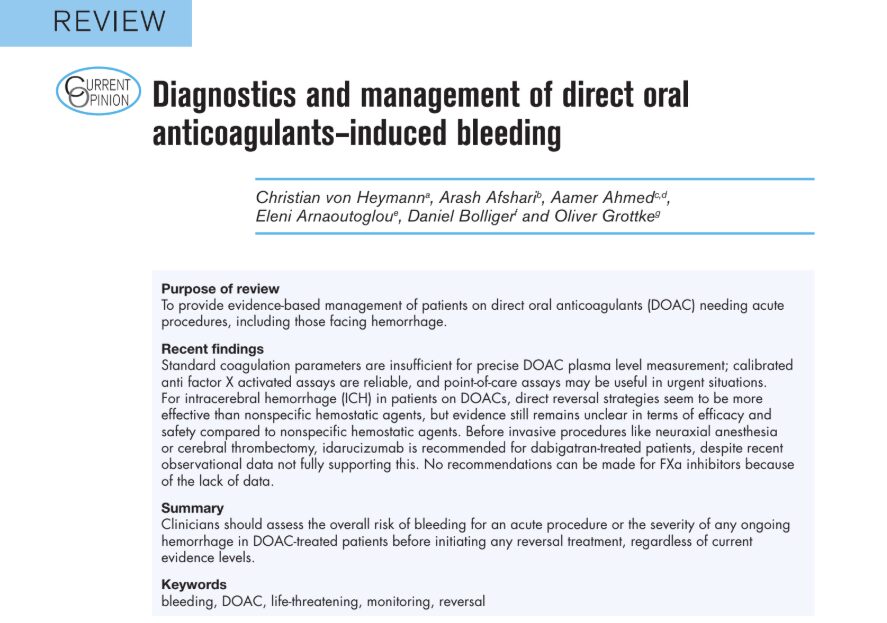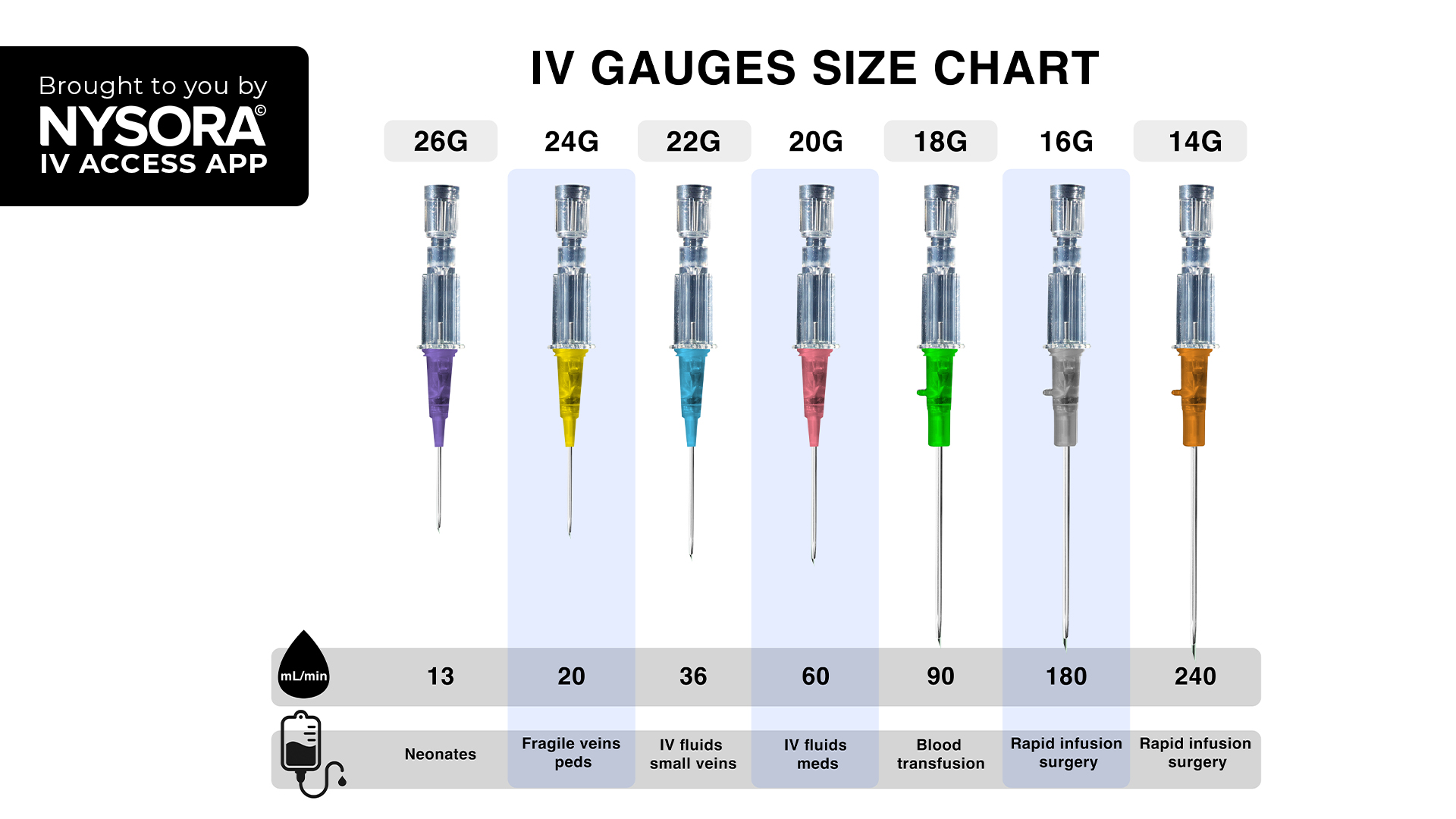Methadone has long been recognized in chronic pain and opioid dependence, but its intraoperative use is gaining renewed attention. A 2025 Clinical Focus Review (CFR) by Xie et al. published in Anesthesiology explores how this synthetic opioid, with unique pharmacologic properties, can significantly impact postoperative pain control.
This comprehensive update builds on the 2019 CFR by Murphy and Szokol, expanding the evidence base to 98 clinical studies, including newer research on pediatric, obese, and high-risk populations.
Why is intraoperative methadone important?
Intraoperative methadone offers a combination of benefits rarely seen with other opioids:
- Dual mechanism: Potent μ-opioid receptor agonist and NMDA receptor antagonist
- Rapid onset: Distribution half-life (t₁/₂ke₀) of 4 minutes
- Prolonged effect: Elimination half-life of 24–36 hours
- Opioid-sparing: Reduces need for postoperative opioid administration
Despite its advantages, adoption remains limited due to concerns about optimal dosing, variable patient responses, and institutional access.
Key takeaways
Clinical advantages
- Methadone provides longer-lasting analgesia compared to short-acting opioids.
- A single dose can maintain therapeutic serum levels (> 58 ng/mL) for 24 hours.
- Studies show reduced opioid consumption and lower pain scores across diverse surgeries: cardiac, spine, gynecologic, pediatric, and ambulatory procedures.
Risks and safety
- No significant increase in adverse events (respiratory depression, QT prolongation, or arrhythmias) when compared to other opioids.
- Serotonin syndrome is a rare risk when used with serotonergic drugs.
- Respiratory depression is most likely within 30–45 minutes post-bolus, due to redistribution.
Barriers to widespread use
- Lack of standard dosing protocols across procedures
- Inconsistent access to intravenous methadone formulations
- Variability in institutional ERAS (Enhanced Recovery After Surgery) protocols
Clinical evidence: what do the studies say?
Meta-analyses (2019–2022)
Four systematic meta-analyses found:
- Improved pain control with intraoperative methadone
- Reduced postoperative opioid consumption in some, but not all, studies
- No significant differences in side effects or complications
- Limitations included heterogeneity in study designs and methadone dosing
Adult inpatient surgeries
Nine randomized and observational studies showed:
- Significant reduction in opioid use and pain scores (e.g., in spinal fusion, gynecologic, and laparoscopic surgeries)
- Minimal increase in side effects like nausea or respiratory depression
- Non-inferiority of oral methadone compared to IV in complex surgeries
Pediatric applications
- Methadone is effective and safe for various pediatric procedures
- Reduced PACU (postanesthesia care unit) opioid rescue needs
- No increase in adverse events when used appropriately
Step-by-step: how to implement intraoperative methadone safely
- Patient assessment
- Evaluate opioid tolerance, comorbidities, and serotonergic drug use
- Evaluate opioid tolerance, comorbidities, and serotonergic drug use
- Determine dose
- Standard adult bolus: 0.1–0.3 mg/kg or fixed 20 mg
- For long surgeries or enhanced analgesia: consider a second bolus at 4 hours
- Monitor closely postoperatively
- Watch for respiratory depression within the first 30–45 minutes
- Ensure protocols for naloxone administration are in place if needed
- Tailor analgesia plans
- Adjust postoperative opioid plans based on intraoperative methadone use
- Educate recovery staff about expected long-lasting effects
Important notes
- Methadone’s long half-life reduces the need for frequent dosing.
- Dual action at μ-opioid and NMDA receptors makes it superior for severe pain.
- Effective in reducing opioid consumption across surgery types.
- Safety profile comparable to traditional opioids in controlled environments.
- Requires careful dosing and vigilant early monitoring.
Summary
Xie et al.’s 2025 update underscores a significant paradigm shift in perioperative pain management. Methadone, once reserved for select cases, now has robust evidence supporting its broader application.
With high-level data from randomized trials, meta-analyses, and real-world cohorts, clinicians have more confidence than ever to consider intraoperative methadone as a standard option in multimodal analgesia protocols.
Reference: Xie J et al. A Comprehensive Update on Intraoperative Methadone Use. Anesthesiology. 2025;143:710-736.
Read more about this topic in the Anesthesia Updates section of the Anesthesia Assistant App. Prefer a physical copy? Get the latest literature and guidelines in book format. For an interactive digital experience, check out the Anesthesia Updates Module on NYSORA360!








